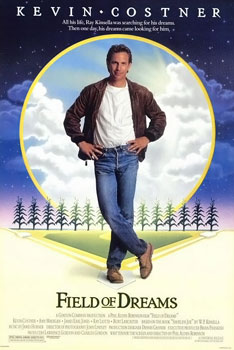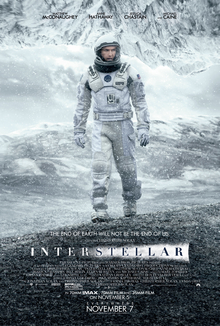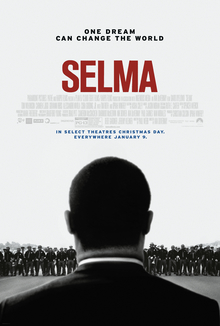We
perceive the world in the three colors that our eyes can sense- red,
green and blue. This gives us a visible range of all of the wavelengths
in between 390 and 750 nanometers. However, there are wavelengths in the
infrared and the ultraviolet that, if viewed by a special camera, can
reveal much more about the world than our eyes can. I am working on a
project to build a new type of these cameras. In the following
paragraphs, I will explain more about how they work and about the one I
built.
Cameras that can see past red and past violet are called multispectral cameras. These cameras can be mounted on satellites to view natural features and cities in a way that no ordinary camera can. There are many different regions of the spectrum, most of which can only be seen with the aid of such a camera. The ultraviolet is mainly used to photograph biological compounds, while the near-infrared has a wide range of applications. The near-infrared is a band of wavelengths that is just beyond red. It ranges from 750 to up to 1400 nanometers. Even though this is beyond visible, these wavelengths are still extremely small- up to 1.4 times a thousandth of a millimeter.
The way to reveal the most about an object using multispectral imaging in the near-infrared part of the spectrum is to filter out one wavelength at a time. However, technology that can do this is very expensive. This is why I am working to make a cheaper multispectral camera.
Instead of filtering incoming light into different wavelengths, this camera works by having both the camera and the object inside a box to block out all other light, and illuminating the object with LEDs that emit light in various wavelengths in the visible and near-infrared parts of the spectrum. Both the LEDs and the camera controlled by a type of small computer called a Raspberry Pi. The computer is programmed to flash each color of LED in succession while taking pictures with the camera. This way, the images can show how an object reflects and absorbs different wavelengths of light individually. This method is cheaper, and its only limitations are the spectral range of the camera and the variance of the LED colors.
For the programming of the camera, I used a programming language called Python, with which I was able to write the programs for the operation of the camera over an internet connection with the Raspberry Pi. One of the problems I faced was how to make a Printed Circuit Board(PCB) that included places for all of the LEDs so that I could solder them. I did this with a program called gschem.
The type of multispectral camera described above can potentially have many uses in agriculture. It would be able to detect bruises on fruit and possibly detect when it goes rotten much faster than human eyes can. It could also detect diseases in plants. In conclusion, multispectral cameras can be very useful to help us understand the world we live in more fully.
References:
https://en.wikipedia.org/wiki/Multispectral_image
https://en.wikipedia.org/wiki/Near-infrared_spectroscopy



_poster.jpg)

